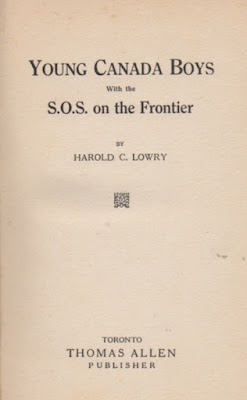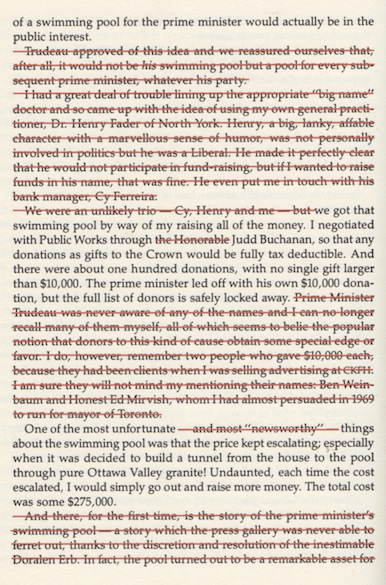Yes, the year's best books in review… the best reviewed here, anyway. These past twelve months haven't been the most active at the Dusty Bookcase. Truth be told, I'd planned on closing up shop last January – and even wrote a post to that effect – but then I heard from readers asking me to go on. I felt the love and returned on Valentine's Day.
And so, this casual exploration continues, if more casually. Between this blog and my column in Canadian Notes & Queries I managed to review twenty-four books this year. That's not nothing, right?
Of the twenty-four, I see four worthy of a return to print, but tradition dictates that I choose three:
The Plouffe Family [Les Plouffe]
Roger Lemelin [trans. Mary Finch]
Roger Lemelin's 1948 best seller spawned an excellent film and our two most popular early television series. A monumental work of cultural and historical importance, I still find it hard to believe the translation is no longer in print.
The Fiend
Margaret Millar
A remarkable novel that dares centre on a sympathetic portrayal of a registered sex offender. That I read no other Millars this year is likely the reason only one of her novels features on this list. In 2012, the Kitchener native took all three spots.
The Adventures of Jimmie Dale
Frank L. Packard
Intricate and cleverly-woven adventures starring the Jimmie Dale – bored playboy by day, crime-fighting Gray Seal by night. Enormously influential and surprisingly entertaining.
I'm right now at work at reviving the unnamed fourth. If successful, it'll be back in print by this time next year. If not, my heart will be broken and I will never speak of it again.
In what must be a record, three of the novels covered here this past year are currently in print:
Roger Lemelin [trans. Samuel Putnam]
Toronto: Dundurn, 2013
Ross Macdonald [pseud Kenneth Millar]
New York: Black Lizard, 2011
Douglas Sanderson
Eureka, CA: Stark House, 2015
I may as well add that The Damned and the Destroyed, Kenneth Orvis's "Relentless Story of the Hell of Drug Addiction", is right now available as an ebook from Prologue Books.
I was involved with three reissues this year, all titles in the Véhicule Press Ricochet Books series:
The Mayor of Côte St. Paul
Ronald J. Cooke
A novel about a young writer working for a crime boss in Depression-era Montreal. Is his motivation the need for material? Money? A dame? All three, it seems. I wrote the Introduction.
Hot Freeze
Douglas Sanderson
The first Mike Garfin thriller sees the disgraced former RCMP officer immersed in Montreal's drug trade. My favourite Canadian post-war noir novel, ow could I not write this Introduction, too?
Blondes Are My Trouble
Douglas Sanderson
The second Mike Garfin thriller. This time the private dick does battle with violent men pushing women into prostitution. The Introduction is by J.F. Norris of Pretty Sinister Books.
Praise this year goes to Wilfrid Laurier University Press and the Early Canadian Literature series edited by Benjamin Lefebvre. Dedicated to returning rare texts to print, there have been six titles to date, the most recent being Frederick Niven's The Flying Years with Afterword by Alison Calder.
Wilfrid Laurier University Press offers a 25% discount on online orders. Amazon and Indigo don't come close to matching those prices.
It's on my Christmas wish list.
Related posts:



















































